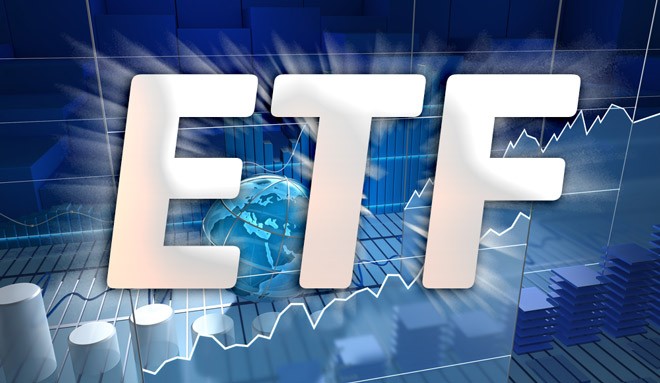The Basic Facts and Benefits of ETFs
Post on: 22 Июль, 2015 No Comment

Exchange-Traded Mutual Funds, or ETFs, began appearing as investment tools in the early 1990s. Although ETFs have been around for nearly two decades, few investors are aware of their existence or how they can be beneficial to their portfolio. ETFs offer investors a number of advantages over mutual funds or stocks and can be perfect for those new to the world of investing.
ETFs were designed to mimic index investing but without all the costs and headaches that go along with mutual fund ownership. For instance, the S&P 500 index is a composite of 500 different stocks whose individual performance is tracked daily to determine the overall value of the index. In other words, the S&P 500 is very diversified and the risk is spread among the 500 different stocks comprising the index. ETFs are also diversified like the major indexes so they reduce risk like mutual funds but trade more like stocks.
An ETF may in fact track and be based on any of the major indexes but in almost every other way it acts like a stock. Investors can buy and sell shares of their ETF throughout the course of the day because their value fluctuates just like a stock price does. This makes ETFs more liquid than mutual funds because investors must wait for the mutual fund to calculate the net asset value (NAV ) each day before any transactions can be conducted (i.e. buying or selling the mutual fund).
Another advantage that ETFs have over mutual funds is cost they tend to be less expensive investment tools with lower expense ratios. Also, many mutual funds will make the owner pay a penalty for early redemption whereas an ETF owner can sell shares at will. There are no management fees to contend with and the commissions are very similar to those an investor might pay for a typical stock transaction. Plus, you can even buy ETFs on the margin or short sell just as with stock trades. ETFs come with all the diversification of a mutual fund and the ease-of-use and liquidity of a stock i.e. the best of both worlds.

ETFs also tend to be very good for investors during tax season as well especially when it comes time to sell. This is because ETFs do not carry the same exposure to capital gains taxes as do mutual funds. It is very common for mutual fund managers to constantly buy and sell holdings (buy more profitable holdings while presumably getting rid of the losers). However, the mutual fund owners are liable for the tax burden caused by the shift in holdings and often must pay capital gains taxes even before actually selling the fund. ETFs tend to have annual expenses in the 0.1%-0.7% range making them very attractive for frugal investors that dont want to see significant portions of their investment devoured by fees, commissions and expenses.
However, it is important to realize that although an ETF may be designed to track a major index and perform like it its performance may not always mirror the index. In other words, sometimes the stocks in an ETF are not the exact same or in the same proportion as those found in the original index say the S&P 500. Therefore, an ETF may have returns that vary from the original index by a percent or two each year.














